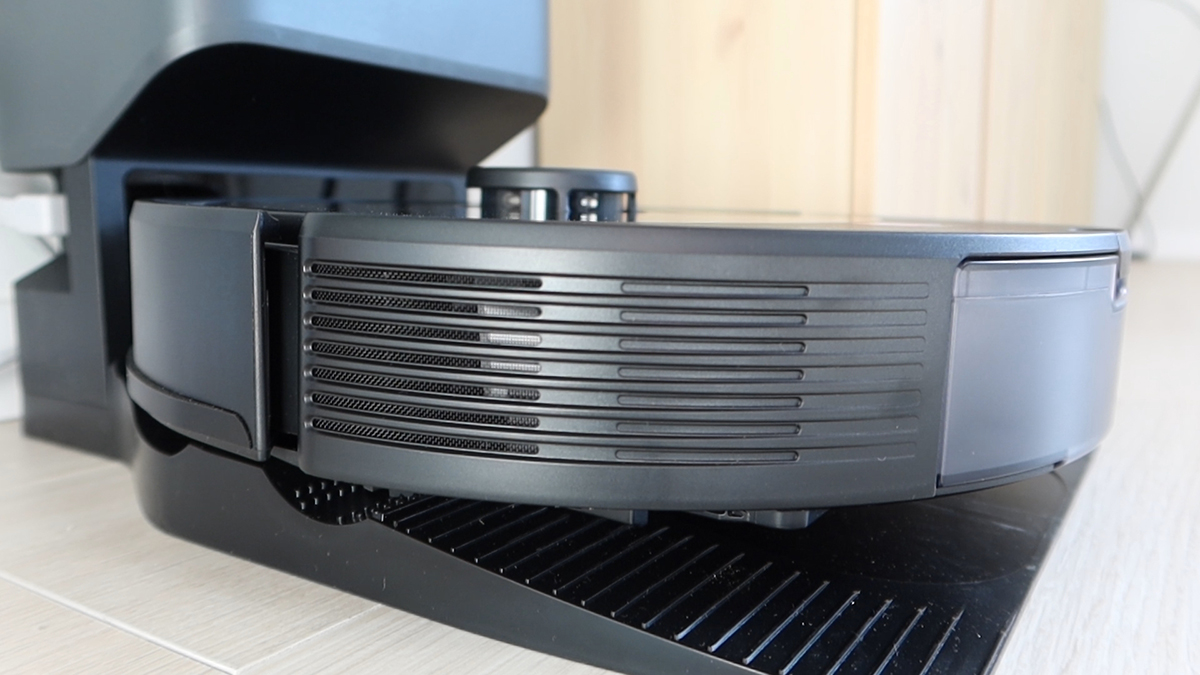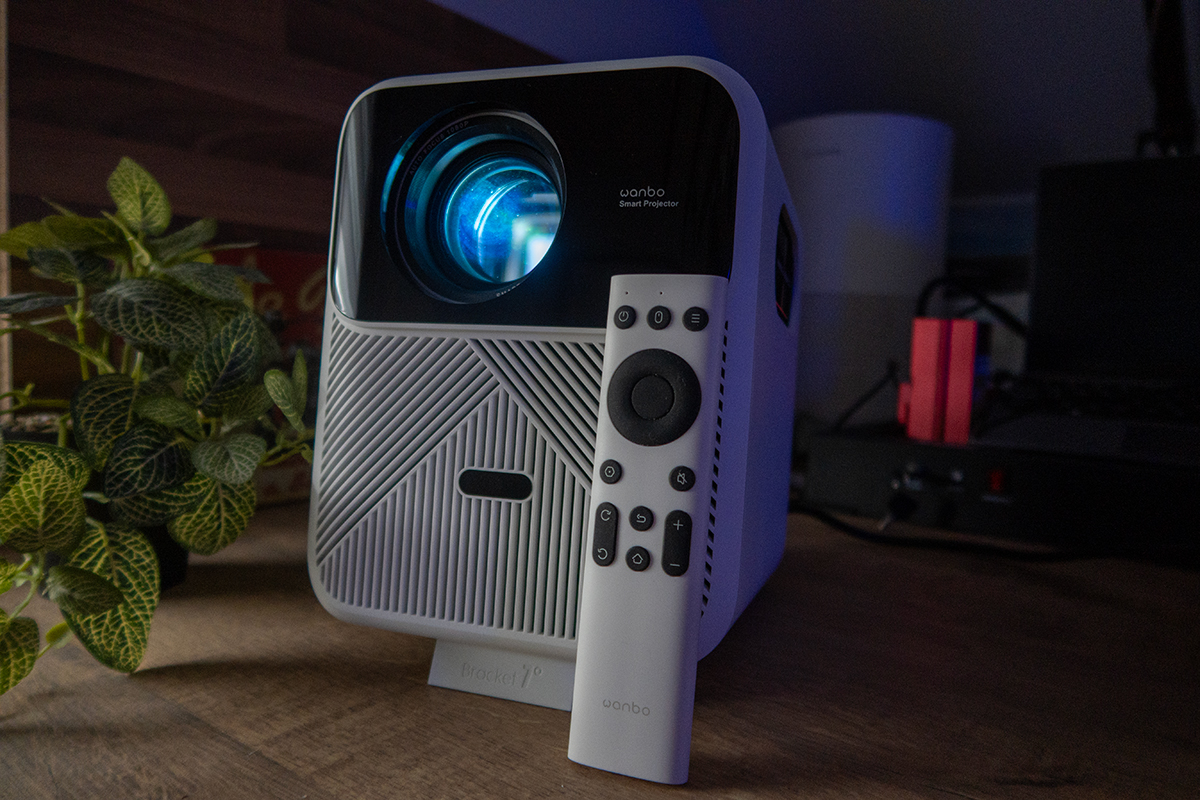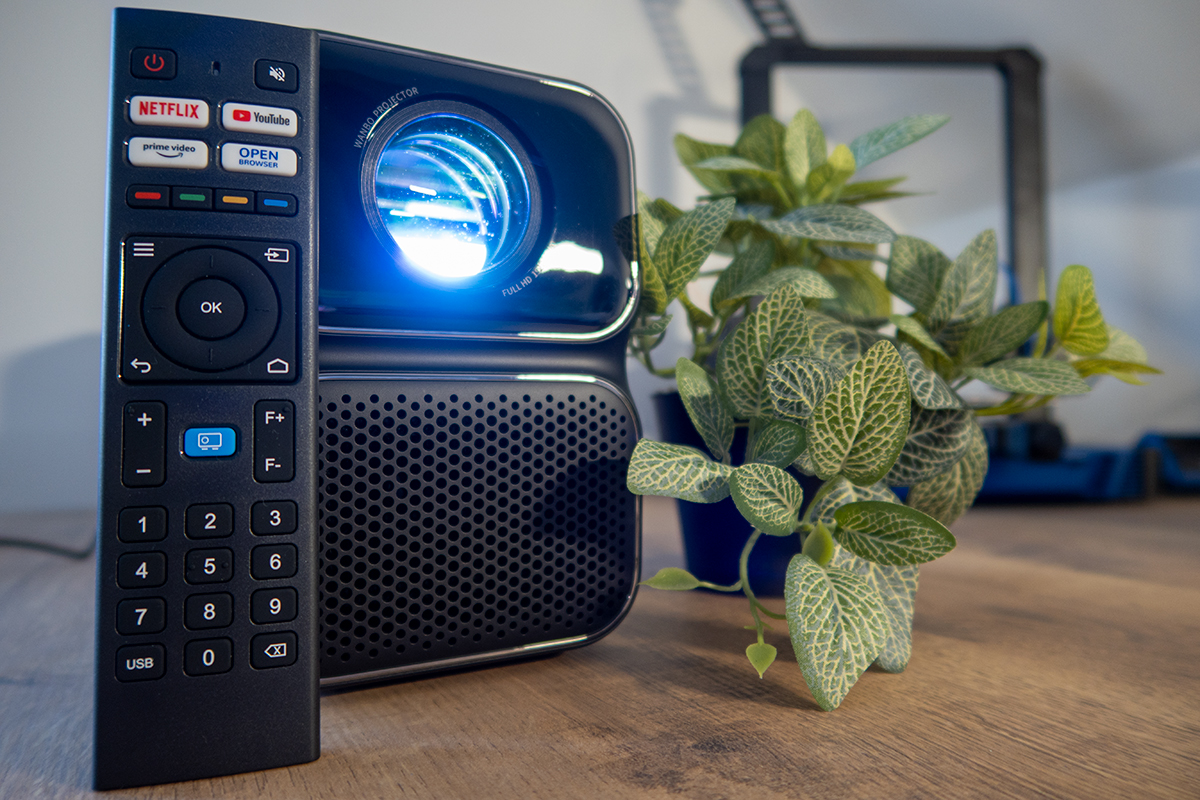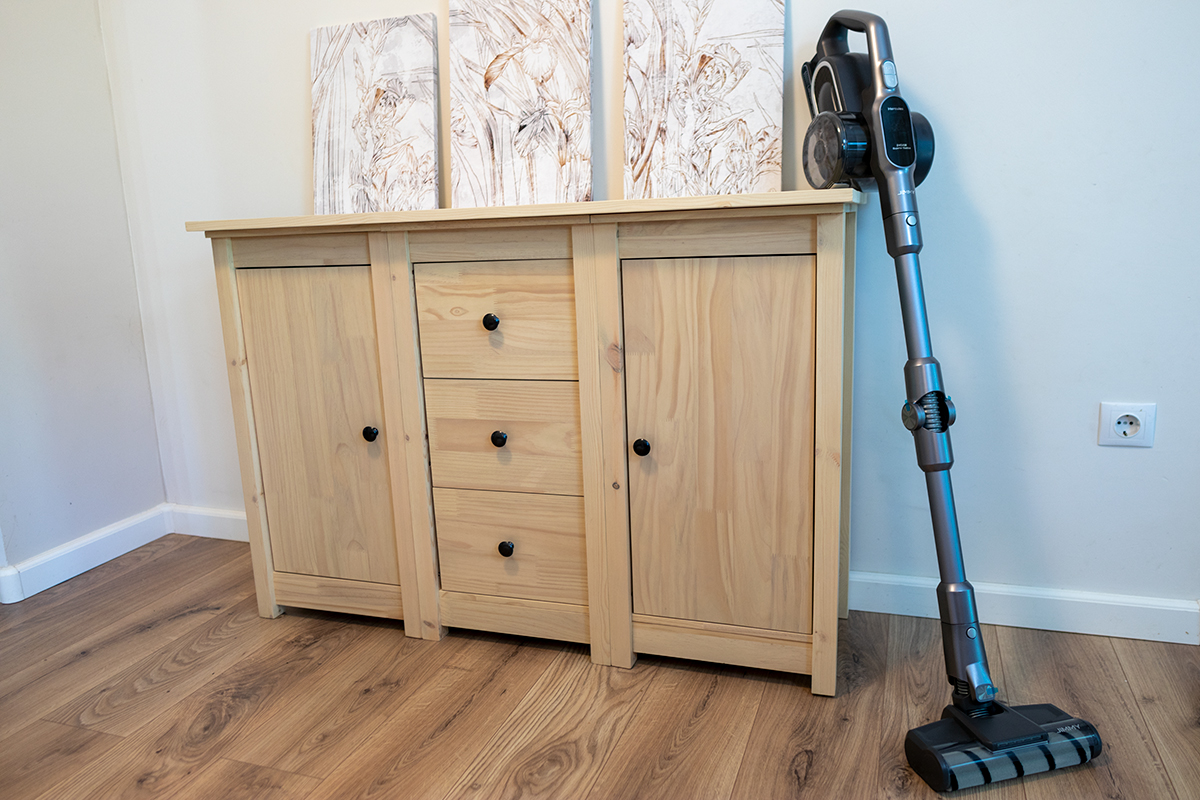
Kingston HyperX LoVo: If I want – it’s fast, if I want – it’s economical
Test configuration:
- Motherboard
- GIGABYTE GA-H55N-USB3
- Processor:
- Intel Core i7 860 2,80 GHz (133×21)
- Processor Cooling:
- Scythe Grand Kama Cross
- Memory:
- Kingston HyperX LoVo KHX1866C9D3LK2/4GX 2 × 2 GB
- Hard disks:
- HITACHI 160 GB SATA2 (HDS721616PLA380)
- Samsung 200 GB SATA2 (SP2004C)
- Graphic card:
- Gainward 8400 GS 256 MB DDR2
- Power unit: Xigmatek NRP-HC1501 1500 W
- Softvers:
- Windows 7 RTM 64 bit Ultimate HUN
- Intel INF 9.1.1.1019
- Realtek HD Audio 2.49 Driver
- Display: ASUS 24T1 TV Monitor
We was in troube with constructing of configuration, because we wanted Intel system, but not X58. We had only one motherboard which fitted for the expectation, the GIGABYTE GA-H55N-USB3. It would not be a problem, but it is very small –which is good in other way– but we had not factory cooling for LGA 1156 processor and the cooling area is very small at this motherboard and we has really-really giant coolers. This yielded the result that we can not use graphic card with full width. So there was the time for the good and old GeForce 8400 GS low profile. LoVo did not get competition so it had to win over itself, but we strived to make interesting and instructive review.
There are some photoes about test configuration, the sight speaks for itself:
Variations of settings for measurement:
- 1333 MHz: Everyting is on default setting, without XMP profile: As you can see in the pictures we did not touch anyting, clock speed of CPU and base clock are on factory default 133 Mhz and LoVos are on automatic 1333 Mhz with 9-9-9-24 latency and 1,5 V.

1600 Mhz: In second step we aimed 1600 Mhz and we needed XMP profile for that. The setting did not change clock speed of CPU and BLCK neither, but voltage fall off from 1,5V to 1,25V. Latency stayed at the same –theoretically. Official source says latency is 9-9-9-24 but two test application signed 10-9-9-24 with CR2 so we believed it. Certainly there is opportunity for correction in BIOS, but we left it as XMP2 profile setted. If we see difference between 1333 MHz and 1600 Mhz there is no increase. Really we did not have advance with 1600 Mhz, we must admin deceleration because of high latency and command rate.

1866 MHz: with XMP1 profile: XMP1 is the faster profile so clock speed of CPU hardly, but BLCK changed significant, from 133 to 156 MHz, we can it is a factory tuning and it is necessary for RAM frequency.There is everything ok, frequency is 1866 Mhz, latency is 9-9-9-27, voltage is 1,35V as the manufacturer gave. There was no stability problem with XMP1 profile neither the other modes. Values grew quickly except the writing which was the fastest at 1333 Mhz with CR1.

2244 MHz: We thought we will not let home LoVo kit without a little tuning. We used XMP1 profile and lifted clock speed from 1866 Mhz with raising BLCK to 187 Mhz but we held clock speed of CPU at 2800 Mhz purposely. Latency stayed at 9-9-9-27, CR was 2, but we increased manualy voltage to the still safety 1,66V in BIOS. Result was 2244 Mhz which looked stable in our test, but it does not mean autimaticly that it works long time without problem. But a competent people can achieve stable system with better numbers because we just lifted BLCK without fine-tuning. This clock speed was the best at transmission speed -it is not a surprise- and it was the fastest in every area, it could not go 20000 MB/s up, but it is still a very nice value with two-channel mode.

We used above settings for measurement with these applications and results is in the schedule:
- Super PI mod 1.5 XS
- WinRAR 3.92 x64
- Cinebench 11.5 x64
- Fritz Chess Benchmark
- Pov-Ray 3.7 beta 38 x64
- Lavalys Everest 5.50 beta
| LoVo teszt | 1333 MHz CL9 | 1600 MHz CL10 | 1866 MHz CL9 | 2244 MHz CL9 |
|---|---|---|---|---|
| SuperPI 1M | 21,341 | 14,804 | 14,711 | 14,742 |
| SuperPI 32M | 1609,174 | 793,371 | 776,722 | 781,587 |
| WinRAR | 3029 | 3149 | 3446 | 3720 |
| Cinebench | 4,13 | 4,75 | 4,82 | 4,84 |
| Fritz B. szorzó | 18,09 | 21,48 | 21,62 | 21,71 |
| Fritz B. pont | 8684 | 10311 | 10379 | 10420 |
| Pov-Ray | 3265 | 3755 | 3768 | 3773 |
| E. Queen | 32053 | 32040 | 32136 | 32072 |
| E. PhotoWorxx | 33540 | 34103 | 36013 | 37559 |
E. Julia | 11716 | 11714 | 11752 | 11750 |
Let’s talk about what can we see in the form! Super PI was so slow both times at 1333 MHz and produced really bad result, we do not know the reason of it. 1600 MHz get the 3rd place, but it is not a astonishment. It is already more interesting 1866 Mhz was quicker than 2244 Mhz. But everything was going on the expected way at WinRAR, Cinebench and Fritz Benchmark too. Everytime wins the higher clock speed independently by latency. Everything goes crazy at Everest’s measurement: 1333 Mhz beated 1600 at Queen and 1866 can win over 2244 Mhz, it is interesting. “Clock speed above everything” says PhotoWorxx, but Julia repeats results of Queen.
Consumption related measurements:
Unfortunately we do not have precise and reliable instruments, so we review Kingston’s tests which made between lab circumstances:
Test area:
- Modul P/N: KHX1866C9D3LK2/4GX
- Used profile DDR3-1600 CL9-9-9 @1.25V (XMP Profile 2)
- Motherboard: Asus P7P55D Deluxe / AVL SN: SI7906;
- CPU: Intel Lynnfield 860S, 2,53 GHz
- Measuring instrument: Fluke Hydra Data Logger 2625A
- Diagnostics: MemTest86+ v4.0
Load test:
Engineers used special accessory cards for measure modules power usage, intensity current, voltage. Results were getting clear by the synchronous reading of power usage, intensity current, voltage.
Remark: Power usage and temperature values are just reference because this testing area and this instruments can not give accurate final results at measurement.
The heat sensing sensors were fixed onto the surface of the cooling flanges of the modules
LoVo memories run at 1600 MHz from 1,25 V to1,85 V firm voltage
A measurement phase

The maximum neutral gear and the averaged neutral gear values are the same ones
Measurement of Kingston Technology
We finished the tests, let’s summarize.






























